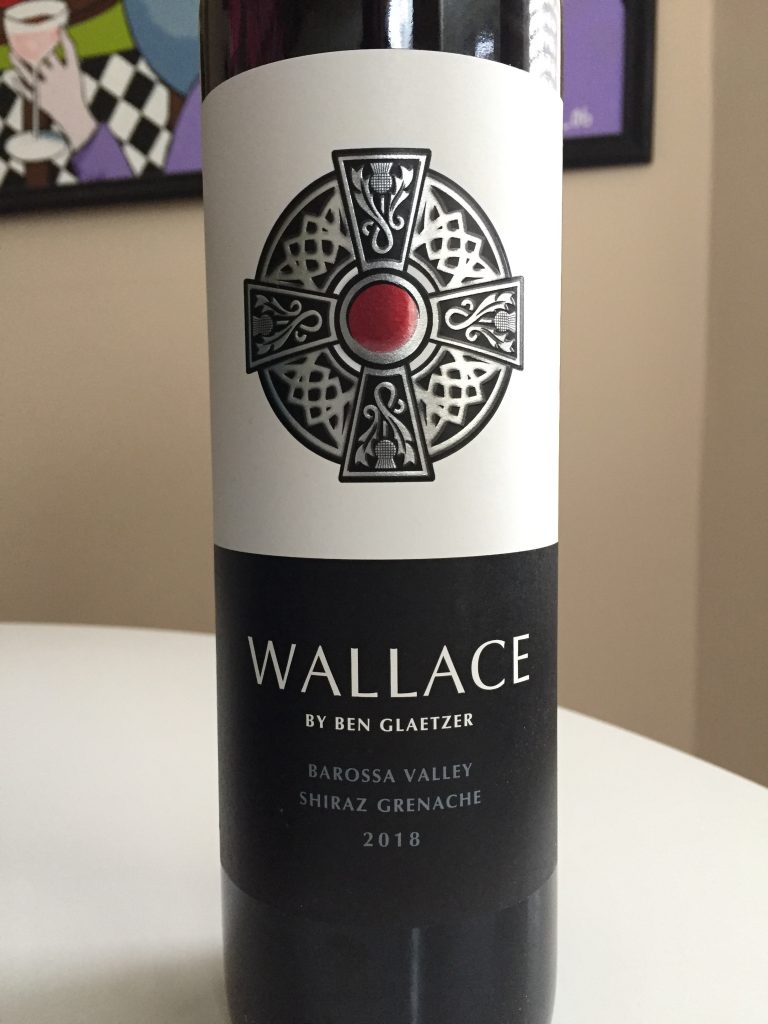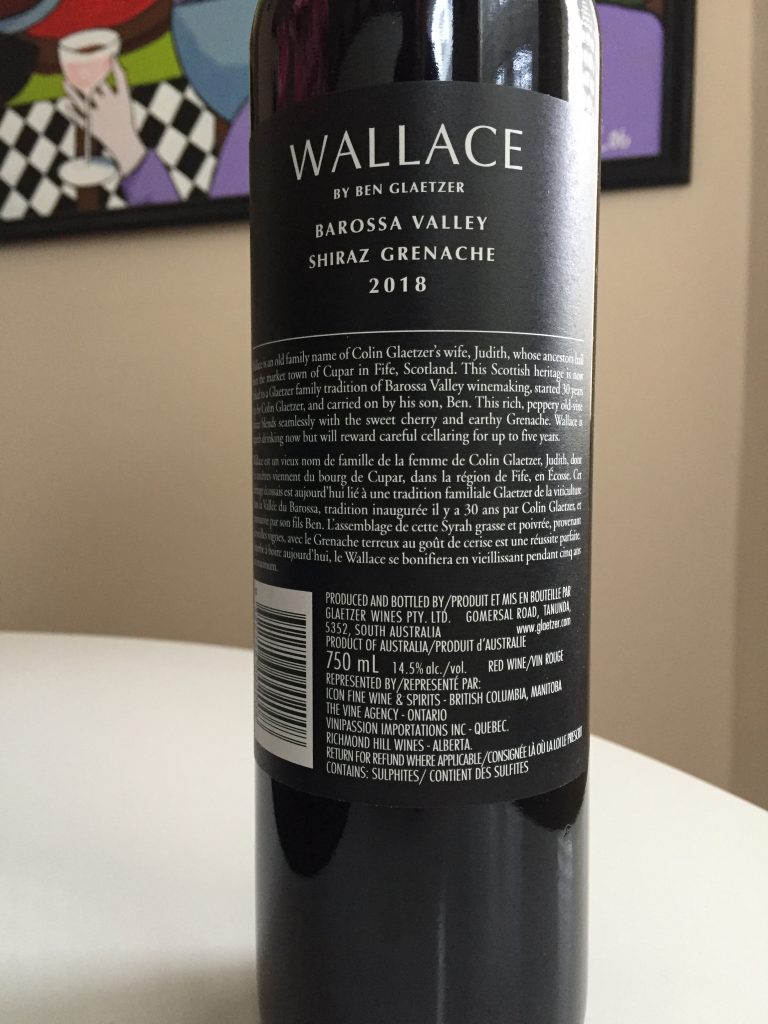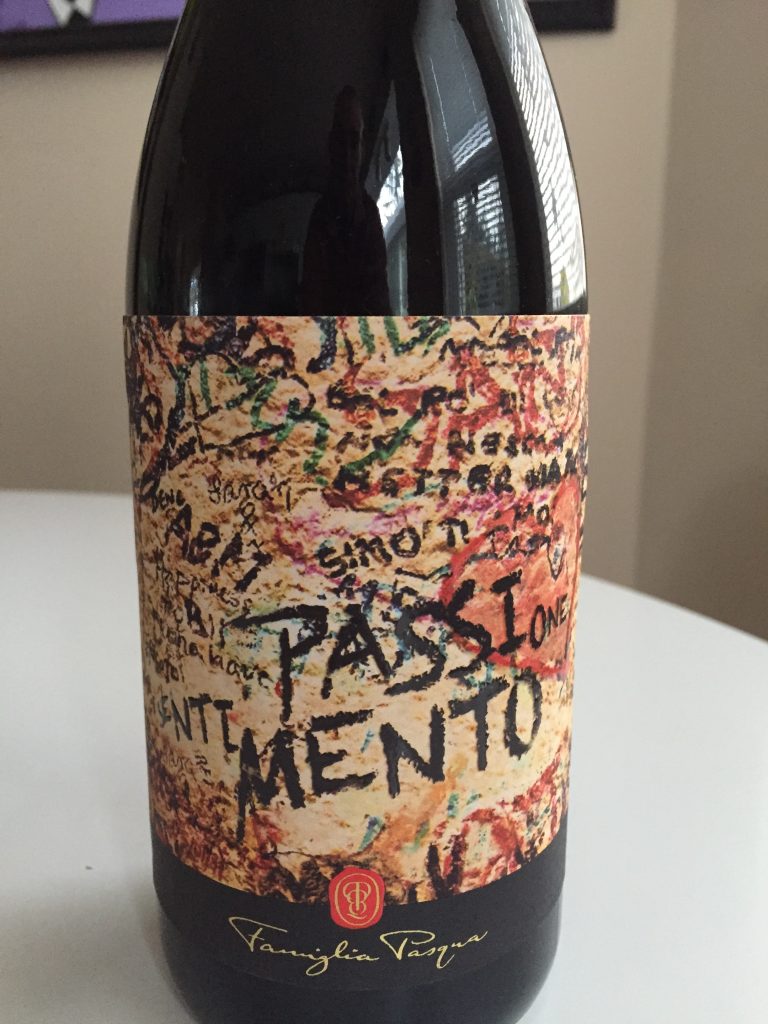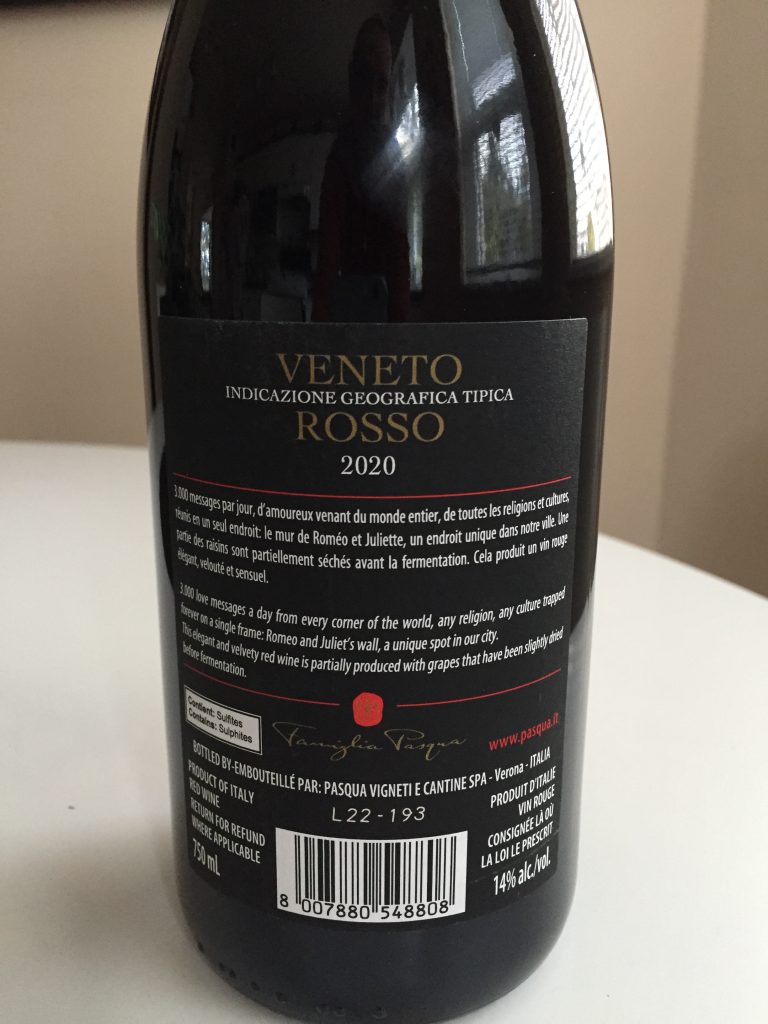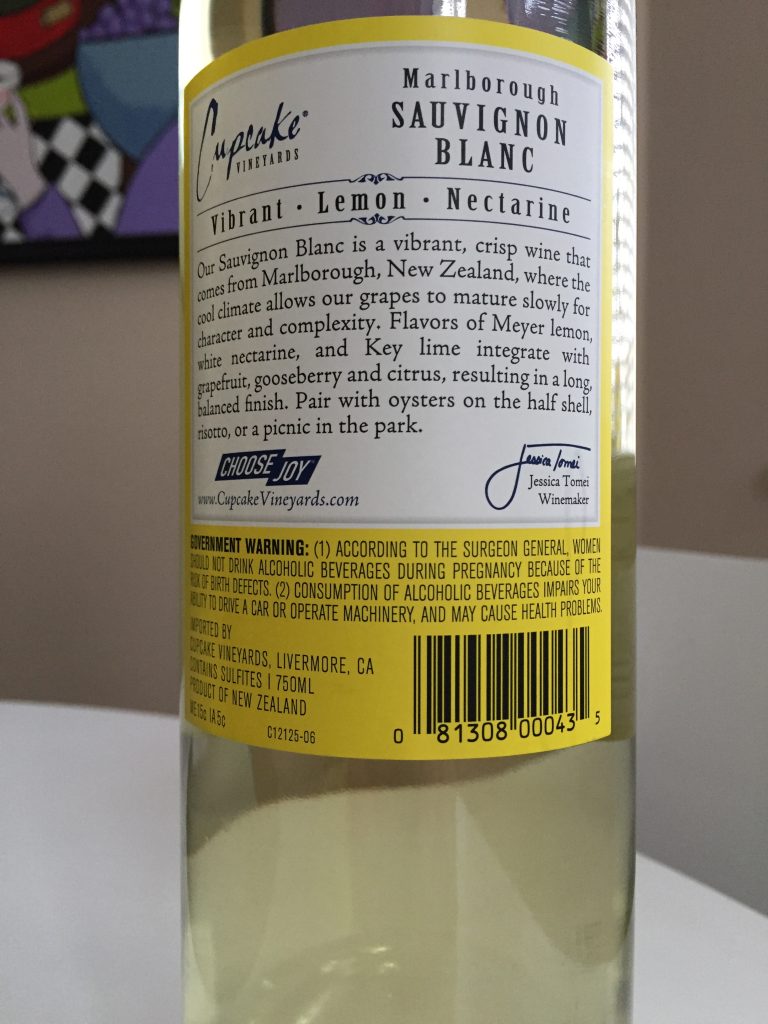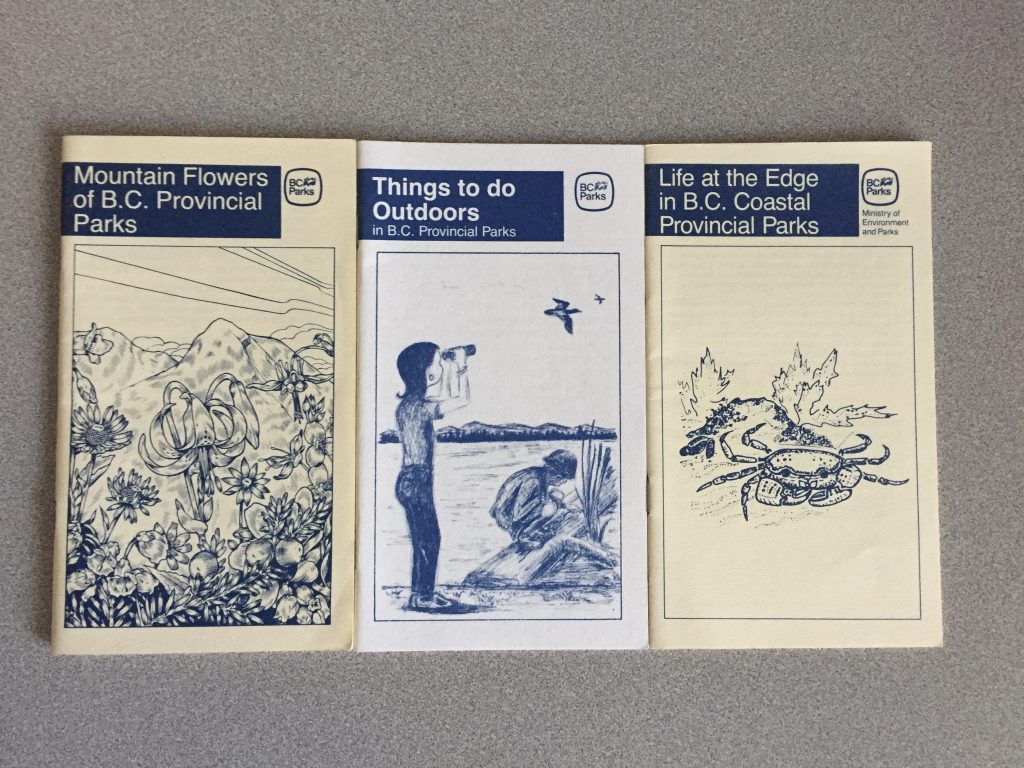The 2017 blend is heavily weighted toward Shiraz (as usual) (72%), but it’s the Grenache (28%) that makes itself known on the nose, adding lovely florals and raspberries to the slightly darker toned fruit of the Shiraz. Medium to full-bodied, this is supple yet crisp… but finishes with silky tannins and plenty of length. Consider it peppery.
The fruit comes from the Ebenezer sub-region in the northern part of the Barossa, from Shiraz vines planted in the 1940s, 50s and 60s, and Grenache vines that are even older, centurions planted in the early years of the 20th century. The Shiraz component is matured for around 16 months in used oak, mostly French. The vibrancy of the Grenache component is protected by stainless steel handling.
SHIRAZ GRENACHE – GLAETZER WALLACE BAROSSA 2017
$29.99 regularly $33.99
14% Alcohol
UPC: 09322246002008
